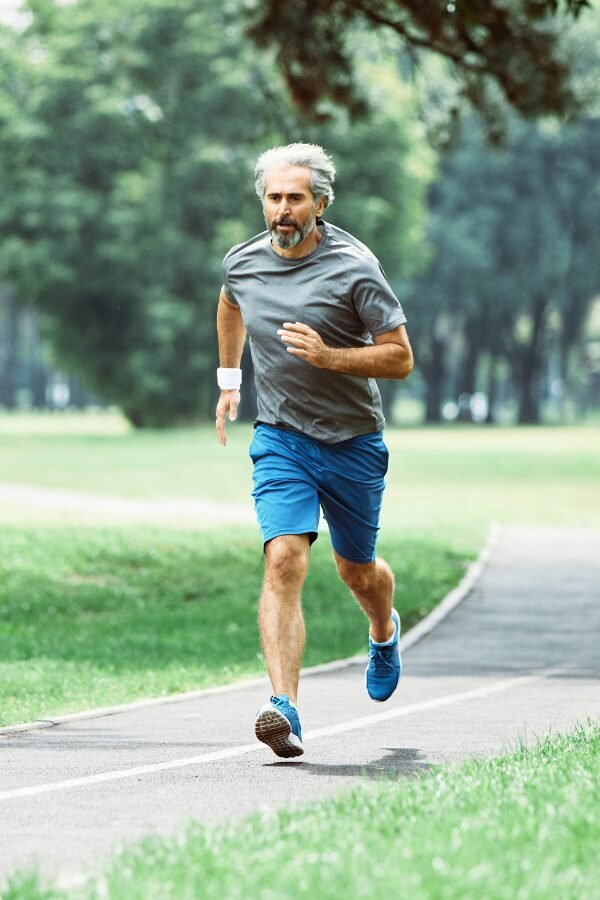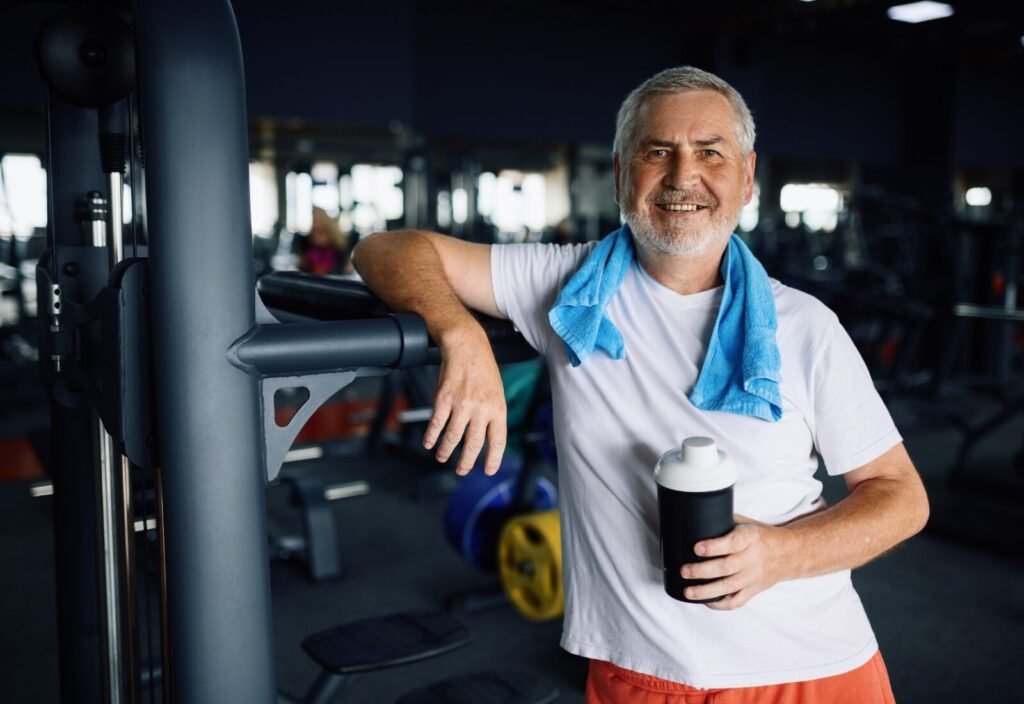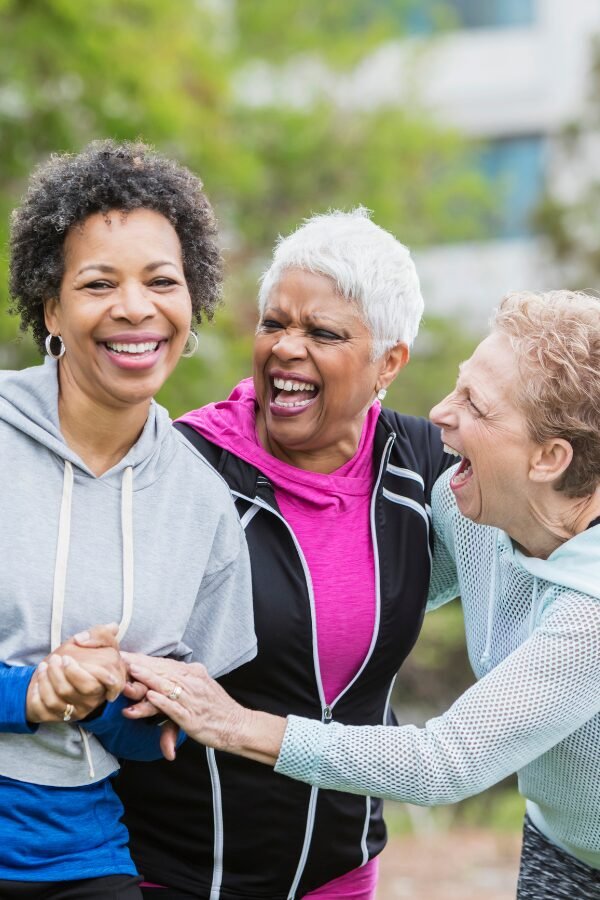Staying Active: 5 Reasons Why Physical Activity is needed for older Adults.
Ageing is natural; how active we were in our 20s is not possible in our 50s, 60s, and so on. As we grow older often our dependency on people around us starts increasing, and as a result, there is a decline in decreased strength, stamina, and bone density.
But how to counter these problems?
Because of increasing dependency with time, most older adults are victims of a sedentary lifestyle. So a hack to prevent all age related issues is to engage into a much healthier and more active lifestyle as we age.
Celebrities like Amitabh Bachan are in their 80s. But he is still rocking the game of ageing and is as active as people would have been in their 60s. Warren Buffet is in the 90s but has soda and burgers and is still making more money than anyone else.
"
In this article, let’s study life hacks that contribute to moving more to live more.
Move More to Live More!
Importance of physical activity in older adults
1. Helps to combat chronic conditions
Regular exercise is a must in older adults to avoid heart disease, cut stroke chances as high as 45%, type 2 diabetes, and certain cancers.
Once we exercise regularly, we can regulate our hormone levels, which includes leptin, oestrogen and insulin, that contributes to cancer development. Lowering these hormone levels may reduce the risk of developing cancer.
2. Helps to build strength and stamina
Because of ageing, we naturally lose muscle mass and stamina. To improve our strength, we must engage various muscle groups against resistance bands or weights, which leads to overall strength development.
Start with dumbbells weighing 2.5 kg and gradually increase the weight with time.
So start exercising regularly to increase your balance and endurance levels.
3. For sharper mind, and Happy Hormones
Once we start working out, we focus more, sleep well, better mood, and do more in less time.
Our body releases endorphins. Endorphins or otherwise known as happy hormones are natural painkillers that improve mood, lower stress hormones such as cortisol, and induce euphoria in humans.
So move more to enhance your cognitive function and to lower the risk of dementia and Alzheimer’s.



4. The Social Advantage of Fitness
Task for the day!
- Join a walking group or a yoga class
- Take a fitness class designed for seniors or
- Find an exercise buddy
All these can help us combat the feelings of isolation and loneliness that can come with ageing and improve our social bonding.
Exercise allows for social interaction and support, significantly improving mood and overall well-being.
Don’t stop your parents from mingling with neighbours. Let them gossip over chai and interact; they will feel much better and happier, thus improving their overall wellness.
5. Improved Bone Health
You need to exercise and not live a sedentary lifestyle to maintain strong bones throughout life, as maintaining strong bones becomes even more critical as we age. As we grow older, you must have observed there is difficulty in mobility among older adults which is a type of condition called Osteoporosis that weakens bones and raises the risk of fractures, a significant concern among older adults, particularly women.
Also, our balance and coordination naturally deteriorate as we age, increasing the risk of falling.
So, exercise to create healthy stress on bones, known as osteoblasts, which is in charge of developing new bones. Regular exercise boosts their production of collagen, the primary protein that gives bone its structure and strength.
Furthermore, stronger muscles surrounding the joints provide better support and shock absorption, lowering the fracture risk if a fall occurs. Fractures, particularly in the hip, can severely limit mobility and independence in older adults. By promoting more robust bones and reducing fall risk, exercise helps older adults maintain their ability to perform daily activities and live independently for longer.
How Do You Start Making Exercise a Habit?
1. Identify activities you enjoy
Explore brisk walking, swimming, dancing, yoga, tai chi, and gardening. Trying new things makes your workouts more exciting and prevents boredom. Exercising is not equal to gyming. Hiking, biking, and playing with grandchildren can be both enjoyable and physically demanding.
2. Start slowly and gradually
Don’t expect to go from zero to hero overnight.
Begin with shorter workouts and lower intensities. Gradually increase the duration and intensity as your fitness improves. Aim for consistency rather than extreme exertion. Even brief periods of activity throughout the day add up.
3. Listen to Your Body and Take Rest Days
Pay attention to the signals your body sends.
Rest days are essential for muscle recovery and injury prevention. Include rest days in your workout plan to allow your body to recover properly.
4. Consult Your Doctor
Discussing your plans with your doctor ensures that your exercise programme is safe and effective, considering your specific health conditions and limitations.
A doctor’s clearance provides peace of mind and can help identify potential risks or modifications required for specific health concerns.
Final Thoughts
Remember, a regular exercise routine is a gift to yourself. It invests in your well-being, encouraging happiness, physical health, and independence as you age. Following these guidelines and finding activities you enjoy can establish a long-term exercise routine integral to your lifestyle.
Subscribe to new post
The One Liner
Useful Links
Order Related Queries
Useful Links
Order Related Queries






